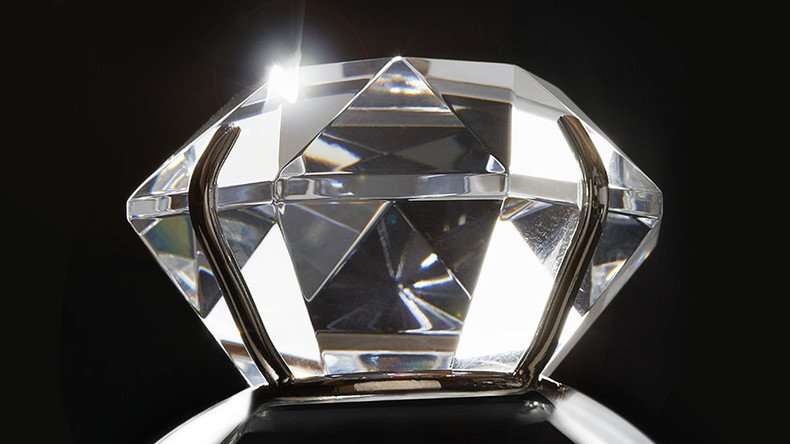5,000yrs of battery life: Nuclear waste-formed radioactive diamonds provide long-lasting energy

Scientists have discovered a way to convert nuclear waste into radioactive black diamond batteries which last more than 5,000 years.
Researchers at the University of Bristol have found a means of creating a battery capable of generating clean electricity for five millennia, or as long as human civilization has existed.
Scientists found that by heating graphite blocks – used to house uranium rods in nuclear reactors – much of the radioactive carbon is given off as a gas.
This can then be gathered and turned into radioactive diamonds using a high-temperature chemical reaction, in which carbon atoms are left on the surface in small, dark-colored diamond crystals.
‘Ultimate car battery’ will take you from London to Edinburgh on 1 charge https://t.co/8PjL5T7nRZpic.twitter.com/C9OQ8FlPvU
— RT UK (@RTUKnews) November 2, 2015
These man-made diamonds produce a small electrical charge when placed near a radioactive source.
The radioactive diamonds are then encased safely within a layer of non-radioactive diamond. The surface of a complete diamond emits less radiation than a banana.
The Bristol scientists have already created a working diamond battery from nickel-63, a radioactive isotope more stable than carbon-14, which is prevalent in nuclear waste.
They will create their first carbon-14 batteries in the New Year.
This video is brought to you NOT by #Samsung: #NASA military robot exploding due to battery failure (VIDEO) https://t.co/TgqOUTcanApic.twitter.com/jgvU4Ur8K6
— RT (@RT_com) October 30, 2016
“There are no moving parts involved, no emissions generated and no maintenance required, just direct electricity generation,” said Tom Scott, Professor in Materials at the University of Bristol Interface Analysis Centre.
“By encapsulating radioactive material inside diamonds, we turn a long-term problem of nuclear waste into a nuclear-powered battery and a long-term supply of clean energy.”
A diamond battery containing 20g of carbon-14 would deliver a small electrical charge of 300 joules per day. By contrast, an AA battery outputs 14,000 joules per day.
Scientists at NASA are reportedly interested in using the technology in space flight, while tech firms could incorporate the batteries into smaller, internet-enabled devices.












